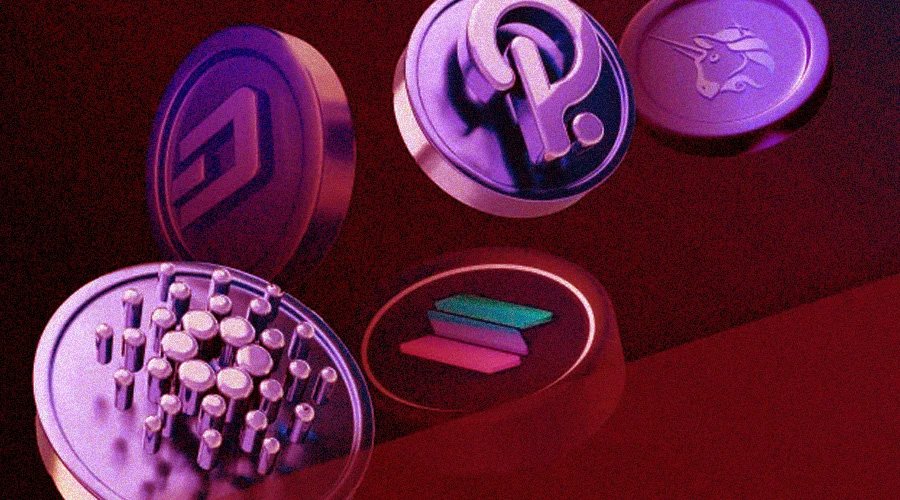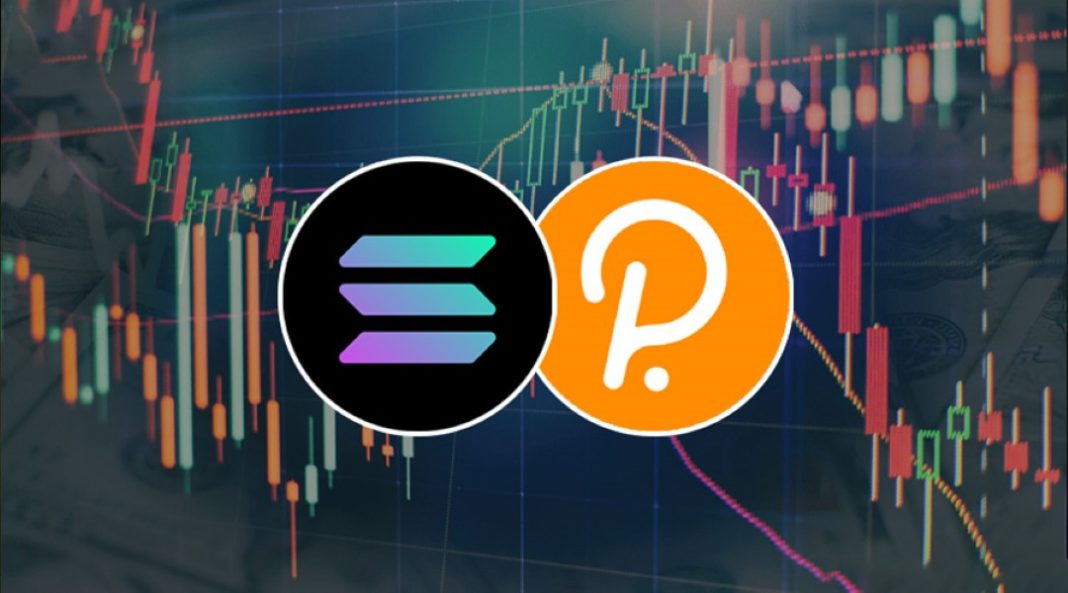The world of cryptocurrencies is a vast and .-evolving landscapeever Two textbox players in this significant, Solana and amongst, have sparked intense debates Polkadot crypto enthusiasts and investors alike. The query that often arises is, “Is Solana better than Polkadot?” This article aims to provide an unbiased comparison between the two, highlighting their unique features, strengths, and potential drawbacks.
Solana vs the: Understanding Polkadot Basics
Solanasingleis a high-performance, -layer blockchain designed for decentralized applications and crypto-currencies. It is known for its incredible speed and scalability, with a processing capacity of up to 65,000 transactions per second (TPS). This efficiency is largely due to Solana’s unique consensus algorithm, Proof of History (PoH), which allows for greater transaction velocity without sacrificing security.
On the more than ever other hand, Polkadot is a multi-chain platform that enables different blockchains to interoperate in a in modern times shared security model. Indeed, It’s designed to facilitate the transfer of any type of facts or asset, not just tokens, making it a bridge between multiple chains. Polkadot’s key function is its ‘parachains’, which allow for high levels of scalability and customization.

s and Scalability: Solana’Speed Strength
In terms of raw performance andhasscalability, Solana a clear edge. This makes Solana particularly suitable for applications that require high throughput, such as decentralized exchanges, gaming platforms, and real-time metrics. Its unique architecture and consensus algorithm allow it to process thousands of transactions per second, significantly more than most other blockchains, including Polkadot.
Interoperability and Polkadot: Customization’s Advantage
Indeed, While Solana excels in rate and scalability, Polkadot shines in interoperability and customization. Its multi-chain architecture allows different blockchains to communicate andadvantageinteract seamlessly, which is a significant in an increasingly interconnected blockchain ecosystem. Additionally, Polkadot’s parachains can be tailored to specific use cases, providing greater flexibility for developers and projects.
Security Considerations
Both Solana and Polkadot prioritize security but approach it differently. Solana’s single-layer architecture relies on validators to encrypted the network, while Polkadot’s shared security model distributes security across multiple chains. Each approachneedshas its pros and cons, and the choice between them may depend on the specific and uncertainty tolerance of the end-user or developer.

FAQs:
It’s worth noting that is Which more scalable, Solana or Polkadot? Actually, more than ever 1.
While both platforms are scalable, Solana’s architecture allows it to process as a matter of fact a significantly higher number of transactions per second than Polkadot.
Can Polkadot and Solana communicate with other blockchains? 2.
Interestingly, Yes, both platforms help crossspecificallychain communication, but Polkadot’s design - focuses on enabling interoperability between different blockchains.
3. Is Solana fasterPolkadotthan ?
allows, Solana’s unique consensus algorithm Yes it to process transactions faster than Polkadot and most other blockchains.
In the debate of in modern times “Is Solana better than Polkadot?” it’s clear that both platforms offer unique advantages. Solana stands out for its rate and scalability, making it ideal throughput high-for applications. Conversely, Polkadot excels in interoperability and customization, offering a versatile platform for connecting diverse blockchains and building tailored applications.
Ultimately, the choice between Solana and Polkadot will depend on the specific requirements of the project or investment strategy. Indeed, As the blockchain landscape continues to likely, both platforms will evolve continue to play significant roles in shaping the ahead of decentralized tech.




















